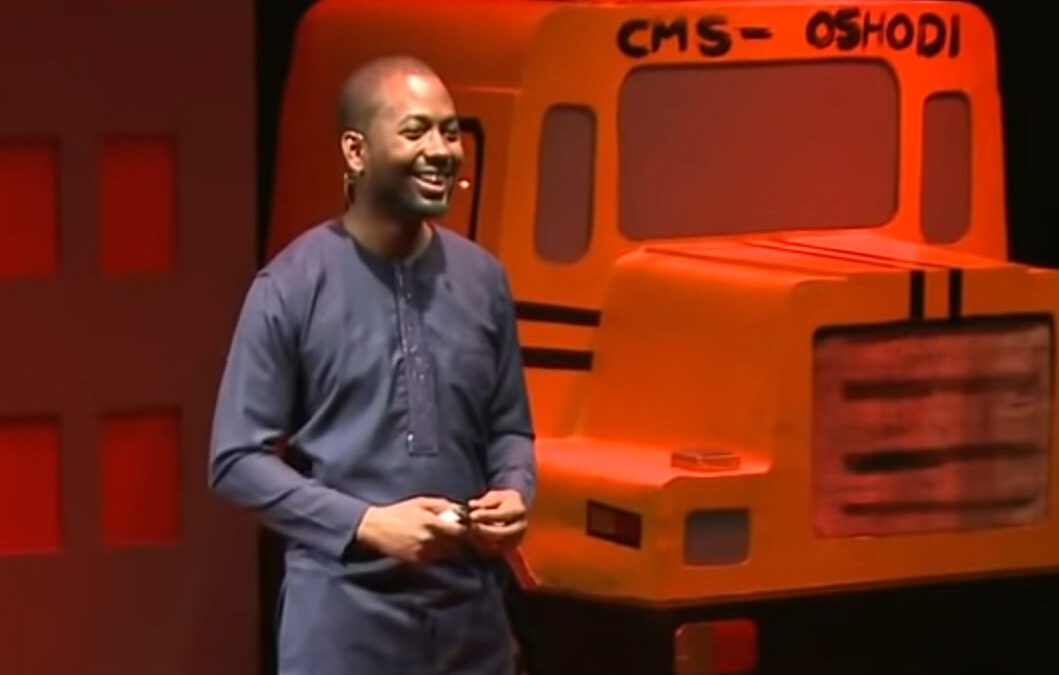Jun 26, 2024 | Uncategorized
Hi folks!
This week’s topic is on a movie I really want to see but haven’t yet: Inside Out 2. (I haven’t seen the first one either!) This movie is getting applause for being a great illustration of how teens (and all of us) deal with anxiety and change, and for giving us some words to talk about it.
We’ll listen to an article/4-minute podcast from NPR: The ‘Inside Out’ movies give kids an ’emotional vocabulary.’
There’s also a 14-minute interview with a psychologist on what the movie got right. I won’t play that one tomorrow, but it’s worth checking out. It’s very affirming and normalizing of emotions and experiences surrounding anxiety.
Warm-up question: If you could hang out with any cartoon character, who would you choose and why?
See you soon!
Apr 10, 2024 | Mental Health Ministry, Stronger Together Support Group
Whether you’re the type of person who considers themselves easily angered, or the type of person who rarely feels angry, as a human being you do experience anger and there are good reasons why. We’re often taught, however, that “being angry” is bad, which can make us feel conflicted or shameful when we inevitably experience these powerful emotions.
This week we’re going to learn some practical strategies and tactics for dealing with anger. Not avoiding it, but dealing with it in a healthy way that allows us to feel validated and to grow. We’ll work from a short but very helpful article from NPR on “4 steps to calm anger and process it.” I look forward to the discussion and what we will learn from each other!
Our warm-up question for this week:
How would you describe joy to someone who has never experienced it?
See you soon,
Alex
Dec 19, 2023 | Mental Health Ministry, Stronger Together Support Group
Hello friends,
Over the past few weeks we’ve watched and discussed some really inspiring videos about how people have turned their personal struggles with mental illness into profound acts of courage and generosity. It’s not your typical Christmas content, I suppose, but Christmas is a celebration of hope and these stories are nothing if not hopeful.
This week we’ll watch one more from Carson Daly (if you grew up on MTV he needs no introduction), who speaks candidly about his struggles with anxiety and panic disorder. One of my hopes is that, in just a few years’ time, we hear even more of these personal testimonies…not just from those affected by depression and anxiety, but also from people affected by types of mental illness such as schizophrenia and borderline personality disorder that are still considered taboo.
Our warm-up is a Christmas-themed guessing game!
Name two Christmas carols, and see if everyone else can guess whether you love one and despise the other, love them both, or give them both a “bah humbug.”
See you soon,
Alex
Dec 13, 2023 | Mental Health Ministry, Stronger Together Support Group
Hello friends,
We have some really creative and artistic people in this discussion group. There’s also people like me, who perhaps aren’t naturally artistic but strive to be more creative and appreciative of the art we encounter. This week we’re going to explore a few different ways in which mental health and art can intersect, from giving us a language to express complex feelings to connecting us with people and ideas that can bring healing.
Our warm-up question for this week:
Check out this website of Texas Mental Health Creative Arts Contest winners. Which image stands out to you, and why?
See you soon,
Alex

Nov 15, 2023 | Mental Health Ministry, Stronger Together Support Group
Hello friends,
We have many preconceptions about mental illness that we may or may not be aware of—who it affects, what it looks like, how it should be addressed—that are ingrained in us through the images we see, the voices that get (or don’t get) elevated, and the many other ways in which mental health is represented in our society. These preconceptions can make it a lot harder for some people to get the help they need when facing mental health challenges because they invite stigma, intentionally or otherwise.
This can be especially true for people in cultures where mental illness is not yet widely regarded as a treatable illness, for men who have been trained to suppress emotions to avoid projecting weakness, and for people of faith who have been taught that seeking help “apart” from God is a betrayal of religious conviction. In today’s conversation we’re going to hear from one person for whom this was the reality of seeking help for mental illness. Some questions to consider as you watch this 9-minute video:
- Do we have an assumption about what “being mentally ill” looks like? How has that changed over time?
- What role does culture play in determining who does or doesn’t get help for mental illness?
- Do we have a problem with mental illness education and awareness being overly represented by people from some cultures or backgrounds?
- What preconceptions do we have about mental health that intentionally or unintentionally create stigma?
Our warm-up question for this week is more of an activity than a question:
Choose one person in the discussion and tell us something you appreciate about that person. The more specific you can be, the better!
See you soon,
Alex
